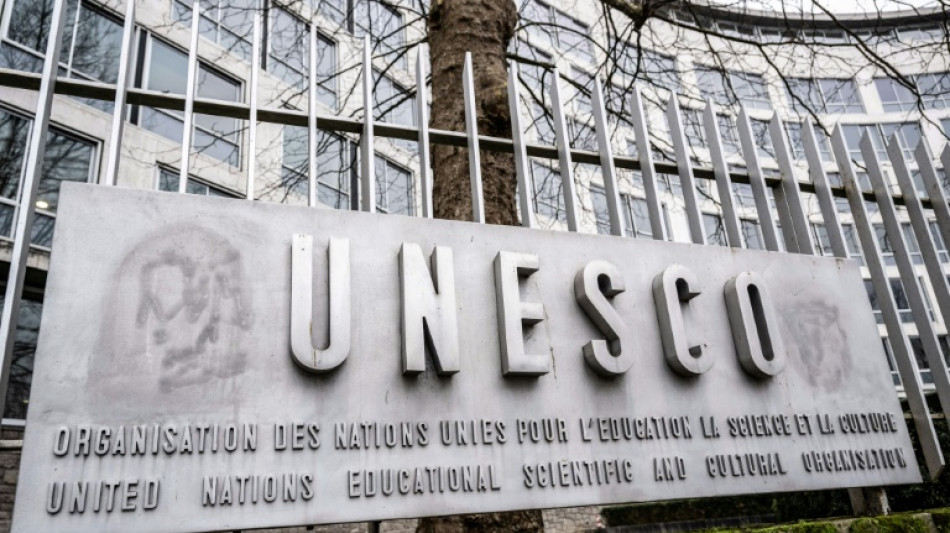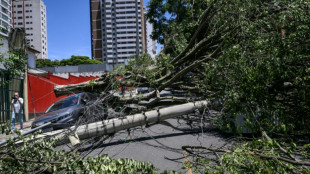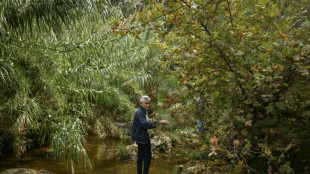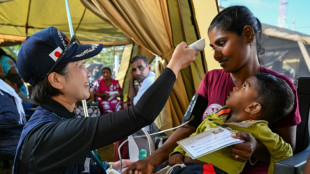

Dozens of sites vie for UNESCO world heritage list spot
The United Nation's cultural organisation announces its choice of sites for inclusion in its world heritage list this week, with pre-historic caves, former centres of repression, forests, marine bio-systems and others vying for the coveted spots.
Making the UNESCO's heritage list often sparks a lucrative tourism drive, and can unlock funding for the preservation of sites that can face threats including pollution, war and negligence.
Climate change is another growing problem for world heritage sites, UNESCO Director-General Audrey Azoulay told Monday's opening session of the body's World Heritage Committee.
"Close to three quarters of world heritage sites are already faced with serious water-related risks, lack of water or floods," she said.
Governments failing to ensure adequate protection of their sites risk them being added to UNESCO's endangered sites list -- which currently contains over 50 names -- or dropped from the list altogether.
Armed conflict is the reason for about half of the downgrades to the endangered sites list, Azoulay said. Many of such problem areas are located in the Middle East.
The current world heritage list contains 1,223 cultural, natural or mixed sites. Of the organisation's 196 member states, 27 are absent from the list, including several African nations.
Two of them -- Guinea-Bissau and Sierra Leone -- hope this will change this year, as they pitch the Bijagos islands and Gola-Tiwai wildlife reserves, respectively, to UNESCO.
UNESCO has been seeking to boost Africa's presence on the heritage list, officials say.
"Since her arrival in 2018, Audrey Azoulay has made Africa not just her own priority, but one of UNESCO's overall priorities," said Lazare Eloundou Assomo, who heads up the organisation's world heritage centre.
"We're starting to see very positive results."
Sub-Saharan Africa's listings have risen from 93 to 108 in recent years, but the continent continues to be under-represented on a global scale.
This year, Cameroon is hoping for a spot for its Mandara mountains, while Malawi is pitching Mount Mulanje.
Among the candidates from elsewhere, a number of competing sites go back to pre-historic times, such as the Carnac stones in western France, and rock carvings along the Bangucheon Stream in South Korea.
Among intangible sites, Cambodia hopes for an inclusion of former "centres of repression" established during the Khmer Rouge's 1970s rule, which have since become places of "peace and reflection", according to UNESCO.
韓-L.Hán--THT-士蔑報




